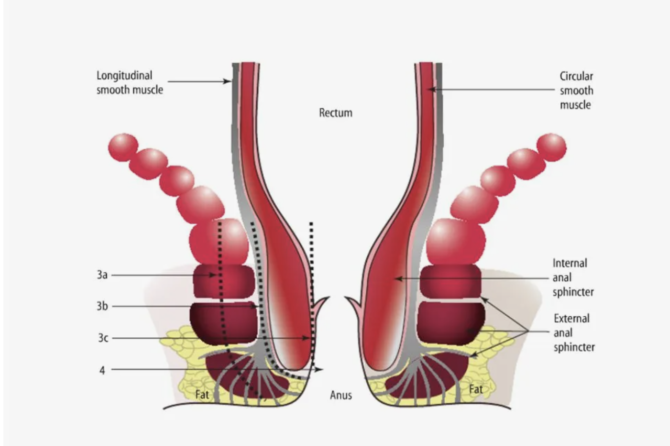
Botox Treatment for Anal Fissures
Anal fissures are small tears that occur inside or around the anus and often lead to severe pain, bleeding, and itching during bowel movements. This condition can significantly impact daily quality of life. Anal fissures, caused by factors such as constipation, diarrhea, childbirth trauma, or anal sex, can be fully treated with proper methods. Botox application is one of the key treatment options for this condition.
While Botox is widely known for its use in cosmetic procedures, it is also an effective tool in medical treatments. In the treatment of anal fissures, Botox relaxes the anal muscles, reduces spasms in the area, and accelerates the healing process. For many individuals seeking a non-surgical solution to anal fissures, Botox provides a safe and effective alternative.
Botox for Anal Fissure Treatment
Botox is injected into the anal muscles of patients with anal fissures to relax these muscles. This method reduces pressure in the area, creating a favorable environment for the fissure to heal. The procedure takes approximately 10–15 minutes and is usually performed under local anesthesia. Patients can typically return to their daily activities shortly after the procedure.
The advantages of Botox application include:
- Treatment without the need for surgery.
- A quick and generally painless recovery process.
- Low risk of complications.
- Reduced risk of recurrence.
The effects of Botox treatment generally become noticeable within a few months. However, in chronic anal fissures where Botox alone may not suffice, surgical intervention might be necessary.
Anal Fissures in Infants
In infants, anal fissures are often caused by constipation, diarrhea, or poor hygiene. Symptoms may include restlessness, crying, loss of appetite, and blood in the stool. Treatment typically involves ensuring proper nutrition, cleaning with warm water, and using moisturizing creams recommended by a doctor. In more severe cases, medication or surgical intervention may be required.
Anal Fissures in Children
In children, anal fissures can result from hard stools, diarrhea, or inadequate hygiene. Treatment includes increasing the intake of fiber-rich foods, providing warm sitz baths, and applying moisturizing creams. Additionally, ensuring the child feels psychologically comfortable and preventing fear of defecation is crucial.
Warm Sitz Baths for Anal Fissures
Warm sitz baths are a highly effective method for treating anal fissures. This technique relaxes the muscles around the anus, improves blood circulation, and reduces inflammation, thus accelerating the healing process. Sitting in a tub or basin filled with warm water for about 10–15 minutes can help alleviate pain associated with anal fissures.
How to Relieve Anal Fissure Itching
Itching caused by anal fissures typically results from skin irritation or inflammation. The following methods can help relieve this itching:
- Regularly cleaning the anal area with warm water.
- Consuming fiber-rich foods to regulate bowel movements.
- Using pain-relief and moisturizing creams.
- Applying cold compresses to reduce inflammation.
In conclusion, Botox is a safe and effective alternative to surgical intervention for treating anal fissures. Maintaining good hygiene, following the doctor’s recommendations, and scheduling regular check-ups are crucial during the treatment process. Many patients can quickly relieve their symptoms and improve their quality of life with Botox therapy.
Leave a reply

Leave a reply